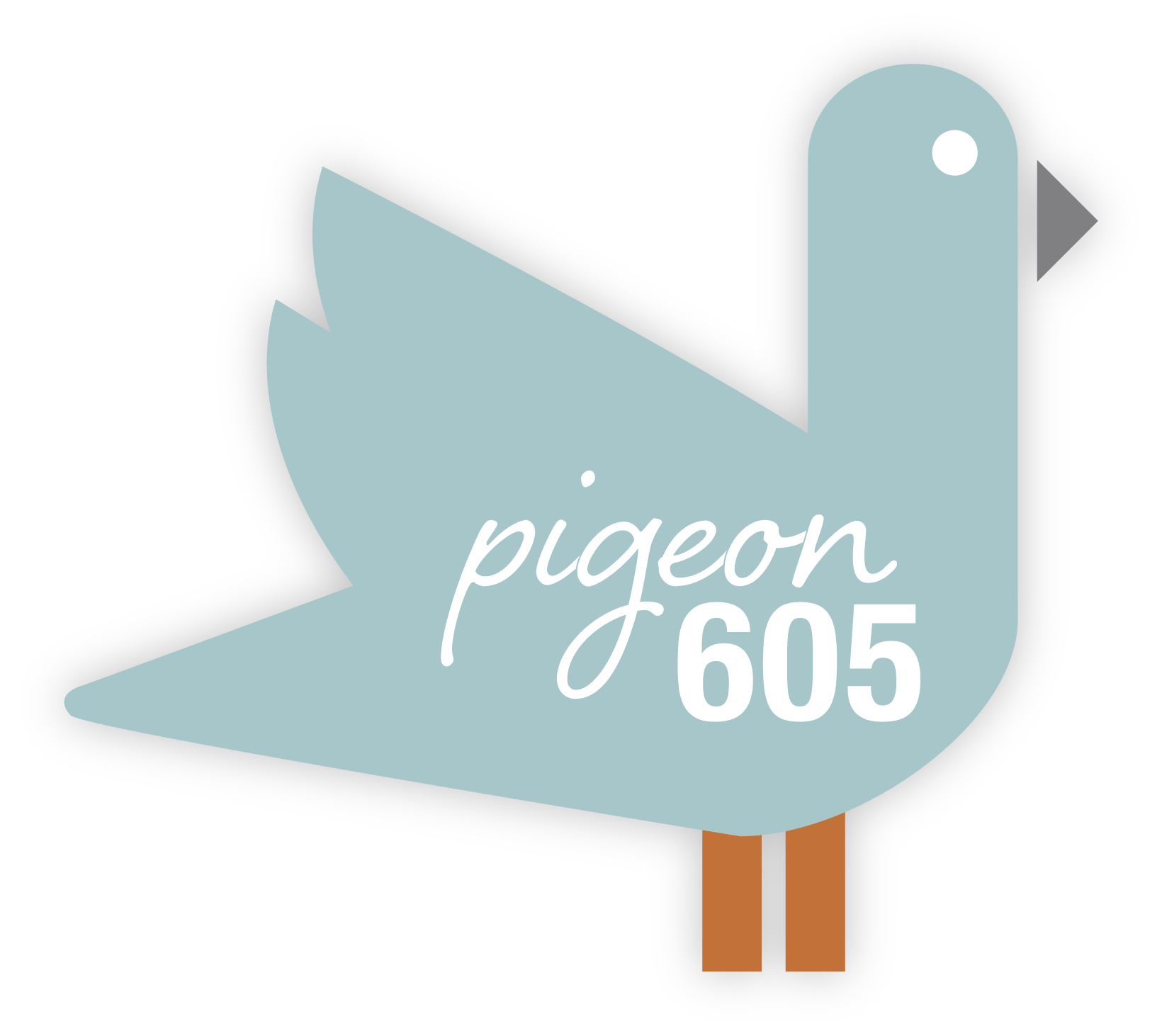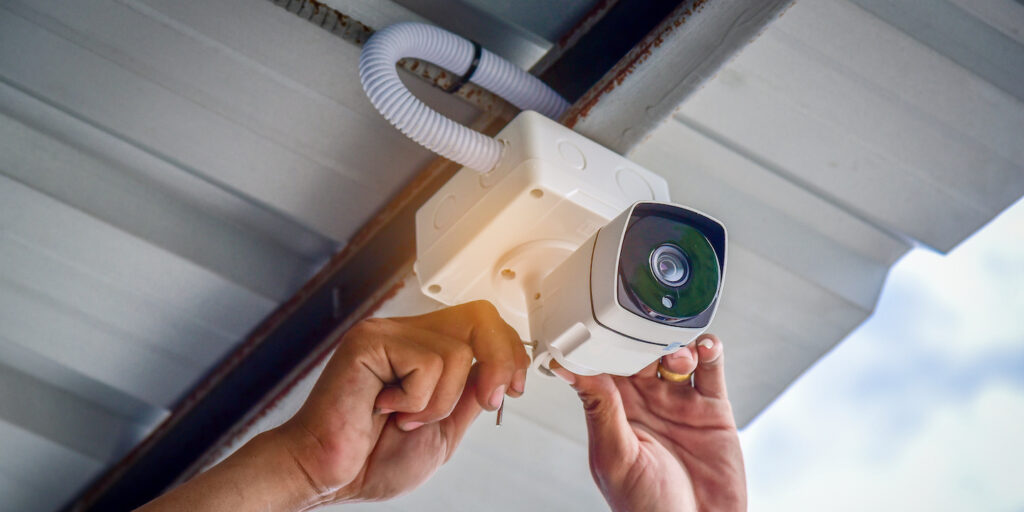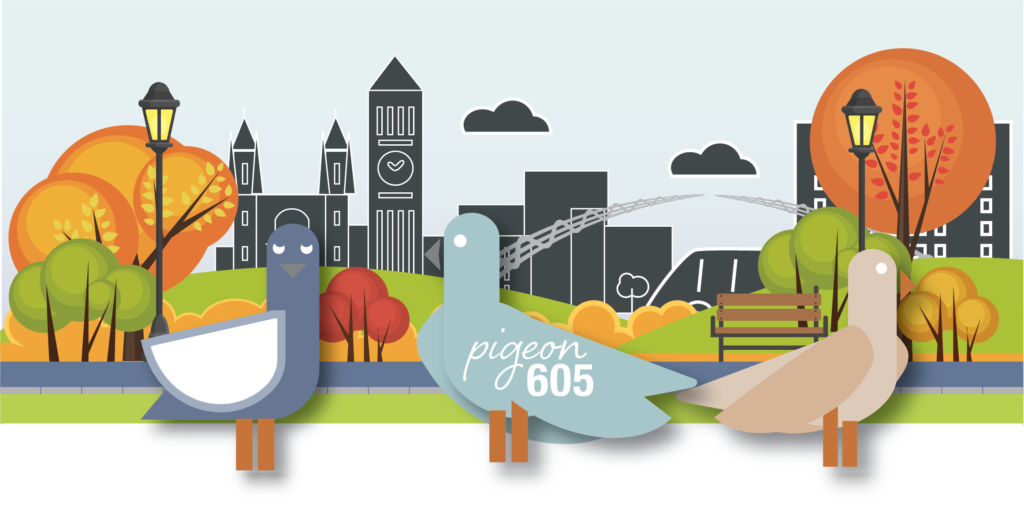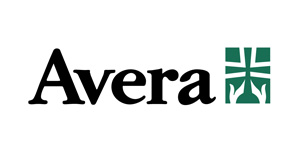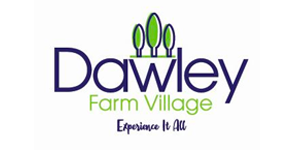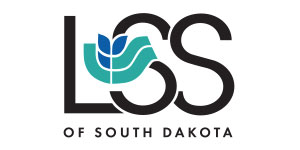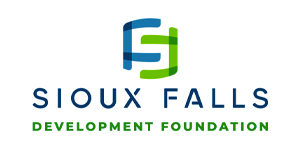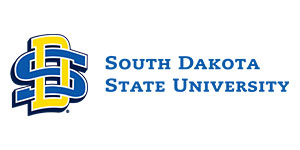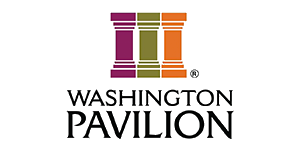HBO documentary featuring Sioux Falls is out: Here’s what it shows
By Patrick Lalley, for Pigeon605
If you’re cynical about life in Sioux Falls, don’t watch “Our Towns.”
The HBO documentary is based on the book by James and Deborah Fallows: “Our Towns: A 100,000-Mile Journey into the Heart of America.”
The Fallowses featured eight small cities and towns in an effort to get beyond the polarization of public discourse on the national level. Their goal was to explore how communities that had experienced an economic or social shock were rebounding.
“Almost every place we went, people said the U.S. is really in horrible shape,” James Fallows says in the film. “But here, things are really moving ahead.”
Which sounds like us.
And if you haven’t heard by now, Sioux Falls figures prominently in the book and film.
The documentary covers a lot of ground in a short time, with a good part of the first 45 minutes dedicated to Sioux Falls.
It breezes through our economic history pointing to Citibank, Wells Fargo and the Smithfield pork processing plant.
There’s a nod to our healthy technology sector with stops at EROS satellite headquarters and inspiring images of Raven weather balloons racing toward the azure of the stratosphere. “Both gathering data from above,” as James Fallows says in narration.

Which is all to say that things are good here. There are jobs. There’s diversity in people and economy. And there is public art.
“When I say Sioux Falls, South Dakota, people think of Mount Rushmore. We are on the map because of public art, because somebody carved these four faces into the side of a mountain,” says an unidentified voice, before cutting to Dale Lamphere, who created the Arc of Dreams spanning the Big Sioux River in downtown Sioux Falls and the Dignity sculpture overlooking the Missouri River at Chamberlain. Both works get screen time in “Our Towns.”

Lamphere tells the story of the Arc of Dreams. That leads into lovely shots of sculptures lining Phillips Avenue. A voice that sounds like Darrin Smith of the Washington Pavilion says: “Public art, it’s a significant component in terms of the quality of life, why people stay and they don’t move away. And if they do move away at a young age, they almost always come back because of the quality of life.”
Karl Oehlke grew up on a farm just outside of Sioux Falls. When his dad told him that getting engulfed by suburban development was inevitable, Oehlke took the advice and found a “real job” as a physician assistant at Avera Health.

Courtesy of South Dakota Farm Bureau
“Farming is a great way of life as long as you don’t have to make a living at it,” Oehlke tells the Fallowses, quoting his dad.
But he didn’t let go of his agricultural heritage, instead helping to start a farmer’s stress hotline.
“The biggest thing we’re dealing with right now – fear, anxiety,” he says, as the cameras look down on the wonderful green symmetry of emerging row crops. “I’m working so hard, yet I have nothing to show for it. How can I keep my kids in shoes?”
And what of the cynics?
“Our Towns” has little time for cynicism. The Fallowses purposely did not discuss national politics or social conflict.
The plight of the small farmer isn’t explored beyond Oehlke’s admirable efforts.
KELO-TV reporter Angela Kennecke talks about the death of her daughter Emily from an overdose of fentanyl-laced heroin.
“If fentanyl hadn’t been in my daughter’s heroin, she would still be alive,” Kennecke says.
There’s a mention of Kennecke’s well-publicized effort to use her daughter’s story as a way to spark a discussion about solutions to the opioid epidemic. But it ends there.
They dive into the state of Native American life on the Flandreau Santee Sioux Reservation, some 45 miles north of Sioux Falls, but not into the deeper, broader culture clash in South Dakota.
Andrew, Kenneth and James Weston summarize the dwindling number of Dakota speakers, the boarding school era and the tribe’s efforts to preserve its culture. It was the opening of the Royal River Casino in 1990 that drove those efforts, says Andrew Weston, the vice chairman of the Flandreau Santee Sioux.

“It provides for social programs, everything the tribe needs, government services,” he says. “You could say it helped springboard us into the revitalization of the language program.”
Focusing on the relation between language and culture is not surprising, given that Deborah Fallows holds a doctorate in theoretical linguistics.
“Who are we if we don’t have our language,” says Dustin Beaulieu, a language instructor for the tribe.
Stunning video of a Santee powwow is the backdrop of the conversation, which rolls into discussion of maintaining the culture for generations to come.

“Our Towns” was made by Academy Award-nominated filmmakers Steven Ascher and Jeanne Jordan.
Our world has never looked so beautiful.
Ascher and Jordan must sleep from 10 a.m. to 4 p.m. because it seems like every shot is at either dawn or dusk. They rely heavily on aerial photography.
The theme of flying, of seeing the world from above, is stitched throughout. The Fallowses flew from place to place in their single-engine plane. There are frequent clips of taking off and landing in the various cities. And we see each town, each setting, from 1,000 feet.
It’s as if instead of flying over, we are hovering, watching.
Maybe it’s a reflection of the couple’s commitment to stay above the nastiness of the daily discourse while at the same time dropping in for an extended conversation.

Or maybe not.
But the big picture is intentional. What does our future hold?
That’s the unmistakable message from the movie.
In Sioux Falls, that means diversity. Our town has changed, from 90 percent white to a place where the refugees of the world have found happiness.
It’s illustrated in the video images, static shots of individuals and couples of all colors and station, exquisitely lit against the icons of our city.
And it’s expressed by Lutheran Social Services.
“Sioux Falls has long relied on refugees and immigrants as workers,” says Deborah Fallows as images of the Smithfield plant melt into a class at LSS.
Betty Oldenkamp, president of LSS, explains the role her agency plays in helping people adapt to life here, from language instruction to housing and job placement.
Which sets the stage for the immigrant story in Sioux Falls.
It’s no wonder the Fallowses focus here. The story of hope, of finding solutions and ultimately the chance of a good life perfectly fits the narrative and their philosophy.

Adana Redda came to Sioux Falls five years ago and today is a U.S. citizen. He stays here because “this is a nice place to raise family.”
Mohamed Ahmed is a medical specialist at LSS and a Somali immigrant. He takes people to their doctor appointments when they arrive in Sioux Falls.
“I’m a refugee. I’m a Black. I’m originally from Somalia. And I’m also Muslim. Which means I’m a combination of four elements,” he says. “I’m not a threat.
“Ninety-nine percent of people living in America are immigrants or refugees. The reason that America is a great country now is because of people like me and you and everyone.”

The Sioux Falls segment ends with the image of a young man and woman, with skin color that would have been unusual here 20 or 30 years ago. Today, though, it is not.
Perhaps they are a couple. They are smiling.
Behind them, the falls of the Big Sioux River roar.
Share This Story
Most Recent
Videos
Want to stay connected to where you live with more stories like this?
Adopt a free virtual “pigeon” to deliver news that will matter to you.
